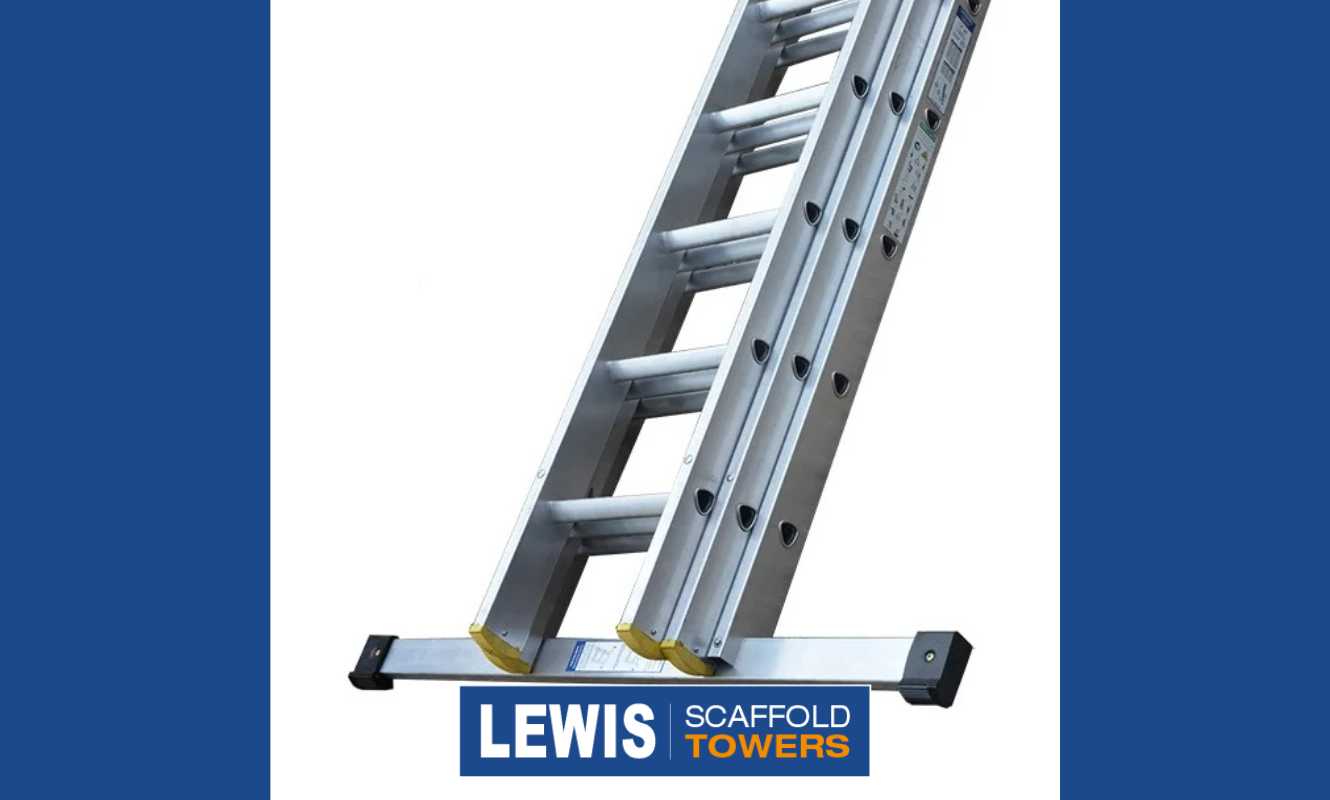To choose the right size trade extension ladder, consider the height you’ll need to reach and always choose a ladder that’s longer than you need, allowing for safe work practices. Ensure the ladder can handle your weight and any materials you’ll be carrying, and follow safe climbing practices.
Choosing the correct trade extension ladder size is crucial for ensuring safety while working at heights.
Using a ladder that is either too short or too long can lead to accidents and injuries.
Many struggle with determining the appropriate ladder size for their specific needs, often wondering “what size ladder do I need?”
The importance of selecting the right trade extension ladder cannot be overstated.
It is essential to consider the task at hand and the environment in which you will be working.
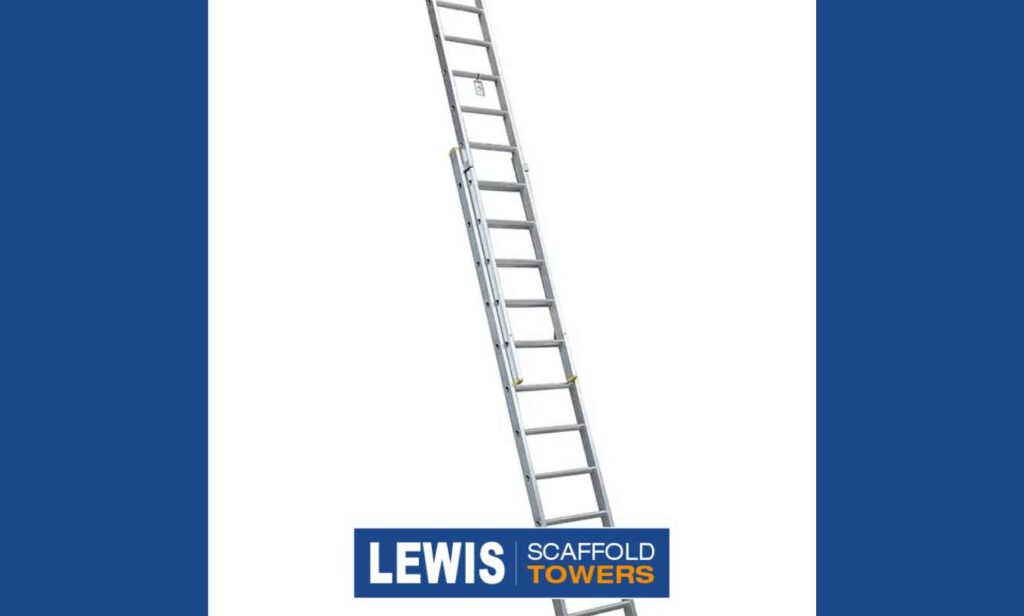
Key Takeaways
- Consider the maximum height you need to reach when selecting a ladder.
- Assess the terrain and surface where the ladder will be used.
- Choose a ladder that is sturdy and durable.
- Ensure the ladder is suitable for the task and environment.
- Always follow the manufacturer’s instructions for use.
Understanding Trade Extension Ladders
For those working at heights, understanding trade extension ladders is essential for safety and efficiency. Trade extension ladders are designed to provide reliable access to high areas, and their unique features make them an indispensable tool for professionals.
What Makes a Trade Extension Ladder Different
Trade extension ladders are distinguished from other types of ladders by their versatility and durability. They are designed to meet the demanding needs of professionals who work at heights regularly.
Professional vs DIY Ladder Requirements
Professional trade ladders are built to withstand heavy use and harsh conditions, unlike DIY ladders which may not be as robust. Professionals require ladders that can handle their workload, making durability and reliability key factors.
Material and Construction Quality
The material and construction quality of a trade extension ladder significantly impact its performance. Ladders made from high-quality materials like aluminium or fibreglass offer superior strength and longevity.
“We have made a significant investment of millions of pounds in state-of-the-art machinery to enhance our production capabilities within the factory.”
Mark Guirard, Managing Director of LEWIS
Take a look inside the LEWIS foundry.
Common Types of Trade Extension Ladders in the UK Market
The UK market offers various types of trade extension ladders, catering to different needs and industries. Understanding these types can help professionals choose the right ladder for their work.
Two-Section vs Three-Section Models
Two-section and three-section models are the most common types of trade extension ladders. Two-section ladders are ideal for lower heights, while three-section ladders offer greater versatility for higher reaches.
Specialised Industry-Specific Options
Some trade extension ladders are designed for specific industries, such as construction or telecommunications. These specialised ladders often feature unique designs and enhancements tailored to the industry’s needs.
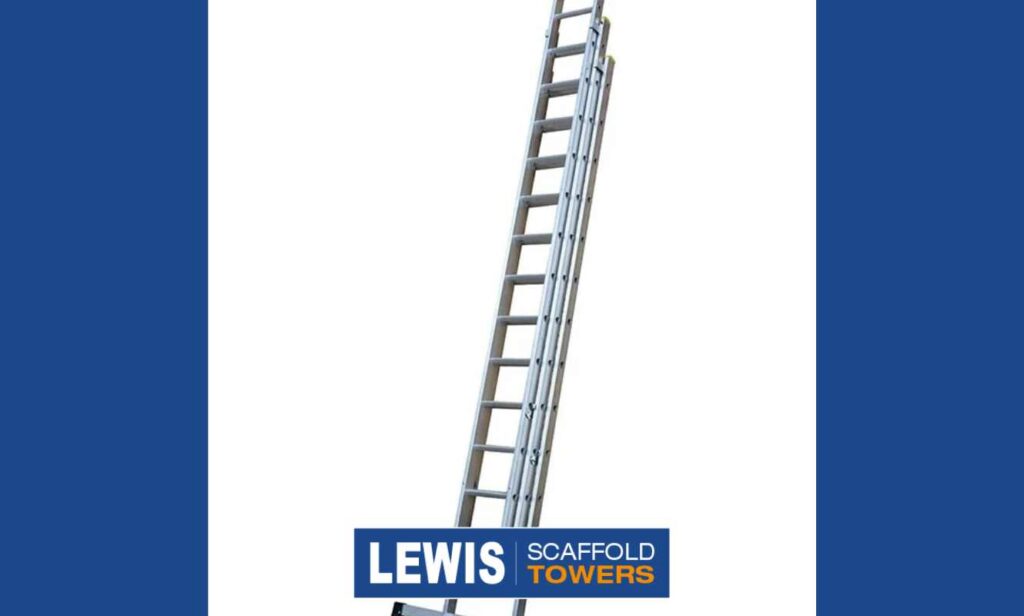
Key Factors in Determining the Right Ladder Size
To select the ideal ladder size, one must consider multiple critical elements that ensure both safety and efficiency in various tasks. The process involves understanding several key factors that influence the choice of ladder size.
Maximum Height Requirements
The maximum height a ladder can reach is a primary consideration. It’s essential to measure the height you need to access accurately. Measuring in metres is generally more precise than counting rungs, as rung spacing can vary between ladders.
Measuring in Metres vs Rungs
When specifying a ladder, measuring in metres is preferred because it provides a clear, consistent measurement. For instance, a task might require accessing a height of 3.6 metres. While rung count can give an estimate, the actual height reached can differ based on the ladder’s design.
Working Height vs. Ladder Height
Understanding the difference between working height and ladder height is crucial. The working height is the maximum height you can safely reach while standing on the ladder, typically considered to be a metre or so above the ladder’s top rung.
The 3-Foot Extension Rule
A general guideline is that the ladder should extend at least three feet above the highest point you need to access. This rule enhances safety by providing a secure handhold when getting on or off the ladder.
Considering Overlap for Safety
For extendable ladders, the overlap between sections is vital for stability. The amount of overlap required varies by ladder size.
Minimum Overlap Requirements by Size
| Ladder Size (Metres) | Minimum Overlap (Metres) |
|---|---|
| Up to 3 | 0.5 |
| 3 to 6 | 0.7 |
| 6 and above | 1 |
By considering these factors and adhering to guidelines like the 3-foot extension rule and appropriate overlap, you can ensure the ladder you choose is both safe and suitable for your needs.
Height Calculation Guide for Trade Extension Ladders
Accurate height calculation for trade extension ladders is vital to prevent accidents and ensure a stable working environment. When using a ladder, it’s not just about reaching the desired height; it’s also about doing so safely.
The 4:1 Positioning Rule Explained
The 4:1 rule is a simple guideline to ensure your ladder is positioned at a safe angle. For every four units of height, the base of the ladder should be one unit away from the wall. This rule helps prevent the ladder from becoming too steep, which can lead to it tipping over.
Calculating Safe Angle Placement
To apply the 4:1 rule, measure the height you need to reach and divide it by four. This gives you the distance the ladder’s base should be from the wall. For example, if you’re reaching 12 feet high, the base should be 3 feet away. Ensuring the correct angle is crucial for stability.
Measuring Required Length for Specific Tasks
Different tasks require different ladder lengths. When measuring, consider the height you need to reach and any additional requirements, such as working on uneven ground or accessing high areas.
Using Metric Measurements in the UK
In the UK, metric measurements are standard. When calculating ladder length, use metres or centimetres for consistency. For instance, a 4-metre ladder is a common size, but you should check the specific requirements of your task.
Be sure to check out this PDF below from the HSE on ladder safety
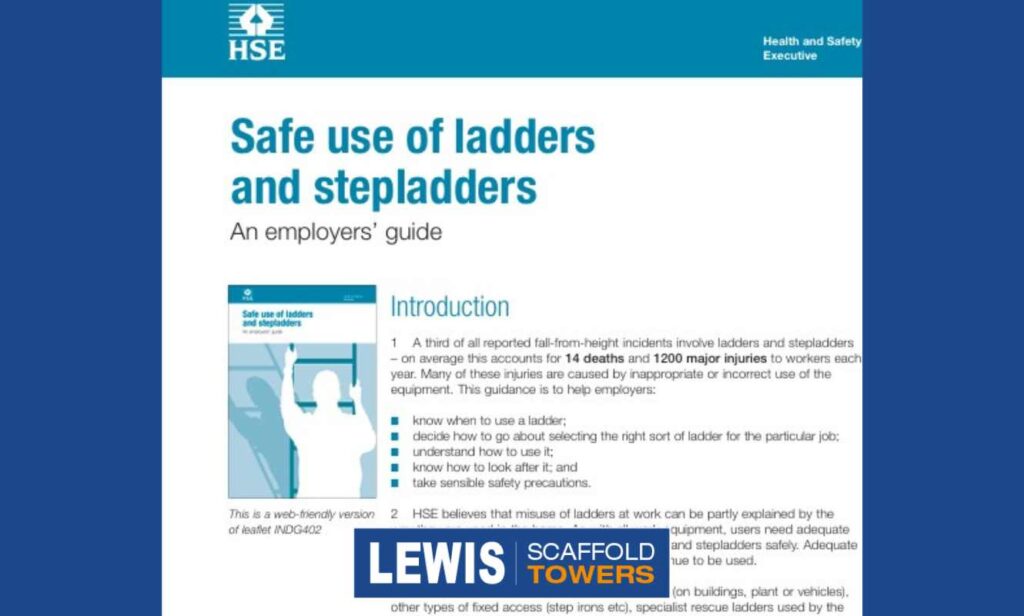
Adding Safety Margin to Your Calculations
Always add a safety margin to your ladder height calculations. This accounts for any unexpected needs or changes in the working environment. A general rule is to add at least 10% to your calculated height.
Accounting for Uneven Ground
When working on uneven ground, adjust your ladder height accordingly. Using ladder levelers or ensuring the ground is firm and level can help maintain stability. Always assess the ground conditions before placing your ladder.
By following these guidelines, you can ensure your trade extension ladder is the right size for the job, enhancing both safety and efficiency.
Weight Capacity and Material Considerations
The safety and efficacy of a trade extension ladder depend significantly on its weight capacity and the materials used in its construction. Understanding these factors is crucial for selecting a ladder that meets your specific needs while ensuring safety on the job.
Duty Ratings Explained for UK Standards
In the UK, trade extension ladders are classified based on their duty ratings, which indicate the maximum weight they can safely support. These ratings are crucial for ensuring that the ladder can handle the intended load.
Class 1, 2, and 3 Ratings
Traditionally, ladders were classified into three categories: Class 1 for heavy-duty (maximum 260kg), Class 2 for medium-duty (maximum 150kg), and Class 3 for light-duty (maximum 125kg). However, current standards have evolved, and it’s essential to refer to the EN 131 standard for the latest classifications.
Aluminium vs. Fibreglass Options
The choice between aluminium and fibreglass ladders depends on the specific requirements of your work. Aluminium ladders are lightweight and resistant to corrosion, making them suitable for general construction and maintenance tasks. On the other hand, fibreglass ladders offer superior electrical insulation, making them ideal for electrical work.
Electrical Work Considerations
For electrical work, fibreglass ladders are often preferred due to their non-conductive properties, reducing the risk of electrical shock. It’s crucial to select a ladder that meets the specific demands of your work environment.
Balancing Weight and Portability
Another critical consideration is the balance between the weight of the ladder and its portability. While heavier ladders may offer more stability, they can be challenging to transport. One-person operation is a significant factor for many professionals.
One-Person vs Two-Person Operation
The design of some ladders allows for safe operation by one person, while others may require two people for safe handling. Understanding the operational requirements of your ladder is vital for safe use.
Essential Features of Quality Trade Extension Ladders
A quality trade extension ladder is defined by several key features that enhance its functionality and user safety. These features are crucial for professionals who rely on ladders for their daily tasks, ensuring that the ladder is not only effective but also safe to use.
Rung Design and Spacing for Comfort
The design and spacing of rungs on a trade extension ladder significantly impact user comfort and safety. Rungs that are too far apart or too close can lead to fatigue or accidents.
D-shaped vs Flat Rungs
D-shaped rungs are often preferred for their comfort, as they provide a more natural position for the foot. In contrast, flat rungs can be slippery when wet but are generally easier to clean.
Locking Mechanisms and Stability Features
Locking mechanisms are vital for ensuring the stability of the ladder when extended. A reliable locking system prevents accidental collapses, enhancing user safety.
Gravity Locks vs Spring-Loaded Systems
Gravity locks rely on the weight of the ladder to secure it in place, while spring-loaded systems use a mechanical lock that engages when the ladder is fully extended. Both have their advantages, with gravity locks being simpler and spring-loaded systems offering quicker engagement.
Extension Mechanisms and Ease of Use
The mechanism for extending the ladder should be smooth and effortless, allowing users to focus on their task rather than struggling with the ladder.
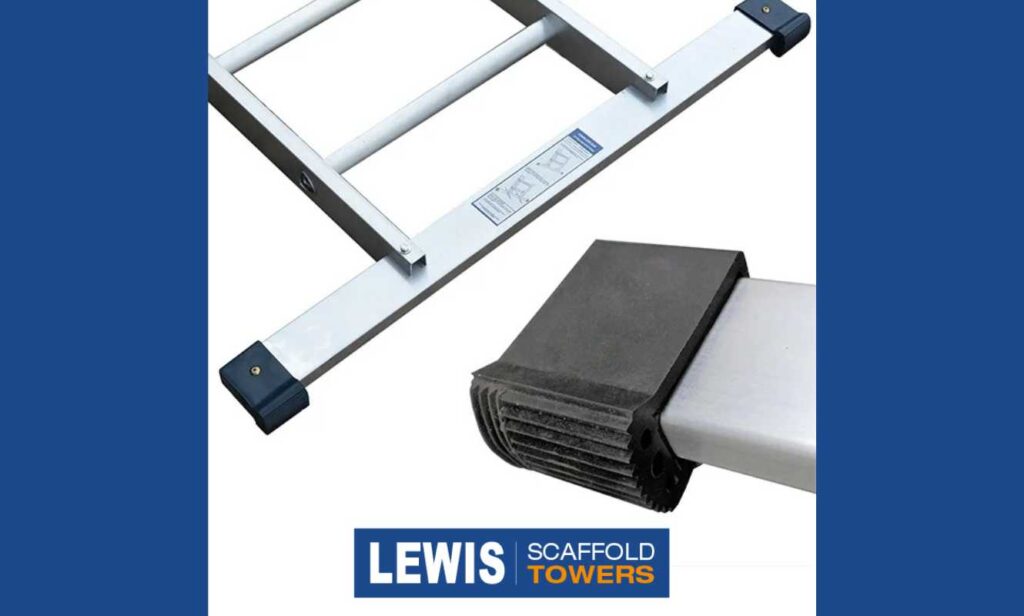
You may find this article about double trade extension ladders useful.
Rope vs Pulley Systems
Rope and pulley systems are common in trade extension ladders, offering a straightforward method for extending the ladder. The choice between them often comes down to personal preference and the specific requirements of the task.
| Feature | Description | Benefit |
|---|---|---|
| Rung Design | D-shaped or flat rungs for comfort | Reduces fatigue and improves safety |
| Locking Mechanisms | Gravity locks or spring-loaded systems | Enhances stability and user safety |
| Extension Mechanisms | Rope or pulley systems for smooth extension | Simplifies ladder extension, saving time and effort |
British Standards and Regulations for Trade Ladders
Understanding the regulatory framework surrounding trade ladders is crucial for ensuring workplace safety in the UK. Trade ladders are subject to various British Standards and regulations that dictate their design, manufacture, and use.
EN131 and Work at Height Regulations 2005
The EN131 standard is a European-wide specification that applies to ladders, including trade extension ladders. It outlines requirements for the design, testing, and performance of ladders to ensure they are safe for use. The Work at Height Regulations 2005 further mandate that equipment used for working at height, such as ladders, must be suitable for the task and properly maintained.
Professional Certification Requirements
Professionals using trade ladders are often required to undergo training and certification to ensure they understand how to use ladders safely and correctly. This includes understanding the importance of ladder inspection before use and being aware of the weight capacity and other safety features.
HSE Guidelines for Ladder Selection
The Health and Safety Executive (HSE) provides guidelines for the selection and use of ladders in the workplace. These guidelines emphasise the need to assess the task and choose a ladder that is appropriate for the work to be done, considering factors such as height requirements and weight capacity.
Documentation and Inspection Requirements
Regular inspection of ladders is crucial, and the HSE requires that ladders be inspected regularly and that records of these inspections be kept. This ensures that any damage or wear and tear is identified and addressed promptly.
| Regulation/Standard | Description | Key Requirements |
|---|---|---|
| EN131 | European standard for ladders | Design, testing, and performance requirements |
| Work at Height Regulations 2005 | Regulations for working at height | Suitability and maintenance of equipment |
| HSE Guidelines | Guidelines for ladder selection and use | Task assessment, ladder inspection, and record-keeping |
Storage and Transportation Considerations
Beyond the initial purchase, the practical aspects of storing and transporting your trade extension ladder play a significant role in its overall usability. Ensuring that your ladder is both stored properly when not in use and transported safely to and from job sites is crucial for maintaining its condition and extending its lifespan.
Closed Length and Storage Space Requirements
The closed length of a trade extension ladder is a critical factor in determining its storage requirements. Ladders with compact closed lengths are easier to store in smaller spaces, making them ideal for jobsites with limited storage capacity.
Indoor vs Outdoor Storage Solutions
When it comes to storing your ladder, you have the option of indoor or outdoor storage. Indoor storage is preferable as it protects the ladder from weather elements. However, if outdoor storage is necessary, ensure the ladder is covered and secured against the elements.
| Storage Location | Advantages | Disadvantages |
|---|---|---|
| Indoor | Protected from weather, reduced risk of damage | Limited space, may require dedicated storage area |
| Outdoor | More space available, easier to access for transport | Exposure to weather, increased risk of theft or damage |
Vehicle Transport Solutions for Different Sizes
Transporting your trade extension ladder safely is just as important as storing it properly. The size of your ladder will dictate the type of vehicle transport solution you need.
Roof Rack Systems and Securing Methods
For larger ladders, a roof rack system is often the most suitable transport solution. Ensure that your ladder is securely fastened to the roof rack to prevent shifting during transit.
By considering the storage and transportation needs of your trade extension ladder, you can ensure it remains in good condition and is always ready for use.
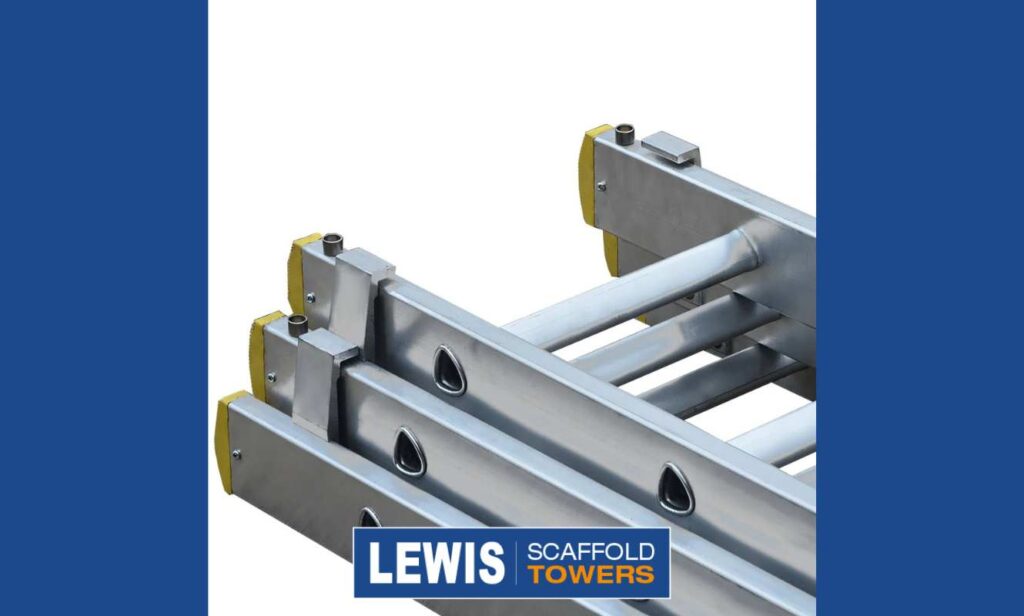
Common Sizing Mistakes to Avoid When Selecting a Trade Extension Ladder
Choosing the right trade extension ladder is a critical decision that impacts both safety and efficiency on the job site. Avoiding common sizing mistakes is key to selecting a trade extension ladder that enhances job site safety and efficiency. Many professionals overlook crucial factors when selecting a ladder, leading to potential hazards and decreased productivity.
Underestimating Required Height
One of the most common mistakes is underestimating the required height for a task. This can lead to using a ladder that is too short, forcing workers to overstretch and increasing the risk of falls.
Task-Specific Height Requirements
Different tasks have different height requirements. For instance, changing a light bulb may require a different ladder height compared to accessing a roof. It’s essential to assess the specific needs of each task to determine the appropriate ladder height.
Ignoring Weight Capacity Limitations
Ignoring weight capacity limitations is another critical error. Ladders have maximum weight capacities that should not be exceeded to ensure safety.
Accounting for User Weight Plus Tools
When calculating the weight capacity, it’s crucial to account for not just the user’s weight but also the weight of any tools or materials being carried. This ensures that the total weight on the ladder remains within safe limits.
Overlooking Storage and Transport Needs
Overlooking the storage and transport needs of a trade extension ladder can lead to logistical issues and potential damage to the ladder.
Measuring Vehicle and Storage Space First
Before purchasing a ladder, it’s advisable to measure the available storage space and vehicle transport capacity. This ensures that the ladder will fit comfortably in the designated areas, making it easier to transport and store.
In conclusion, avoiding common sizing mistakes when selecting a trade extension ladder involves careful consideration of the required height, weight capacity, and storage and transport needs. By being mindful of these factors, professionals can ensure a safer and more efficient working environment.
My Final Thoughts
Choosing the right trade extension ladder is crucial for ensuring safety and efficiency in various tasks. As discussed, factors such as height, weight capacity, material, and storage needs play a significant role in determining the ideal ladder for your requirements.
When selecting a trade extension ladder, it is essential to consider the maximum height requirements and working height vs. ladder height to ensure you have the correct size. Additionally, understanding the duty ratings and material options, such as aluminium or fibreglass, will help you make an informed decision.
By considering these factors and avoiding common sizing mistakes, you can ensure that your trade extension ladder meets your needs and provides a safe working environment. Whether you’re a professional or a DIY enthusiast, choosing the right ladder is vital for achieving your goals.
FAQ
What is the ideal ladder size for a typical two-storey house?
For a typical two-storey house, a ladder with a maximum height of around 7-8 metres is usually sufficient, considering the 3-foot extension rule and the 4:1 positioning rule.
How do I determine the working height of a trade extension ladder?
To determine the working height, you need to consider the maximum height you need to reach and then apply the 3-foot extension rule. Additionally, ensure the ladder is positioned at a 75-degree angle, following the 4:1 rule.
What is the difference between aluminium and fibreglass trade extension ladders?
Aluminium ladders are generally lighter, more portable, and less expensive, but they can conduct electricity. Fibreglass ladders, on the other hand, are non-conductive, making them suitable for electrical work, but they are often heavier and more costly.
What are the British Standards for trade extension ladders?
Trade extension ladders in the UK must comply with the EN131 standard, which outlines the safety requirements and performance criteria for ladders.
How do I store and transport my trade extension ladder safely?
When storing, ensure the ladder is in a dry, secure location, away from direct sunlight. For transport, secure the ladder to the vehicle using suitable restraints, and consider the closed length to ensure it fits safely.
What is the 4:1 positioning rule for ladders?
The 4:1 rule means that for every four units of height, the ladder base should be one unit away from the wall. This helps maintain a safe angle and prevents the ladder from becoming too steep or too shallow.
How do I calculate the required ladder height for a specific task?
Measure the height you need to reach, then add the necessary extension length, typically 3 feet, to ensure stability. Consider the 4:1 positioning rule when calculating the required ladder height.
What should I consider when choosing a trade extension ladder for uneven ground?
When using a ladder on uneven ground, consider a ladder with adjustable feet or a levelling device to ensure stability. Always assess the ground conditions before ascending.
What are the common mistakes to avoid when selecting a trade extension ladder?
Common mistakes include underestimating the required height, ignoring weight capacity limitations, and overlooking storage and transport needs. Always consider these factors to ensure safety and efficiency.
How often should I inspect my trade extension ladder?
Regular inspections are crucial. Check your ladder before each use and perform a more thorough inspection periodically, looking for signs of wear, damage, or corrosion.


